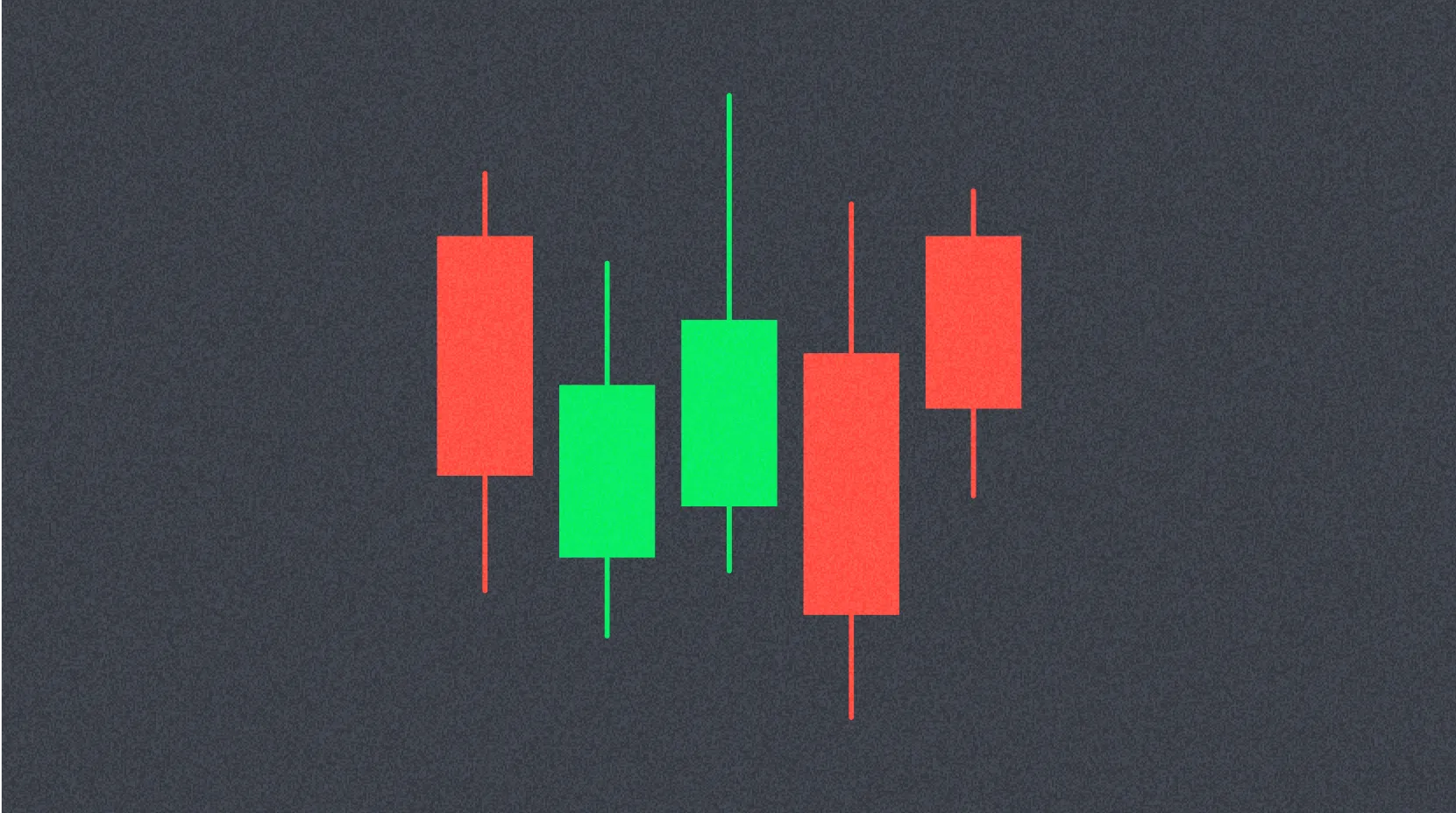Ether Definition

Ether is the native cryptocurrency of the Ethereum blockchain network, commonly represented by the symbol ETH. It serves as the core economic unit of the entire Ethereum ecosystem with multiple functions. Ether is not just a digital asset but also the fuel that powers the Ethereum network. Users pay Ether as "gas" fees to execute smart contracts and process transactions, a mechanism that ensures network security and prevents abuse of computational resources. Additionally, Ether acts as an incentive mechanism for participation in the Ethereum network, with validators earning newly minted Ether rewards by staking ETH and participating in the network consensus process.
The market impact of Ether cannot be overlooked. As the cryptocurrency with the second-largest market capitalization after Bitcoin, it has become a core component of digital asset portfolios. Ether's price fluctuations reflect not only the market's confidence in Ethereum technology but also directly affect the development of decentralized applications (DApps), decentralized finance (DeFi) protocols, and non-fungible token (NFT) markets built on Ethereum. The rich application ecosystem on Ethereum further enhances the utility value of ETH, elevating it beyond the role of a purely speculative asset.
Despite its promising outlook, Ether faces various risks and challenges. Its price volatility can create uncertainty for users when paying gas fees. Regulatory environment changes are also a key factor, as different global policy stances on crypto assets may impact Ether's compliance status and application scope. Furthermore, technical challenges facing the Ethereum network, such as scalability issues and network congestion, indirectly affect Ether's user experience and value stability.
Looking ahead, Ether's development is inseparable from the Ethereum network's technical roadmap. With Ethereum's transition from Proof of Work (PoW) to Proof of Stake (PoS), Ether's economic model has undergone significant changes. Reduced supply growth rates and token burning mechanisms may give it deflationary characteristics. The continued expansion of the Ethereum ecosystem, including the adoption of Layer 2 scaling solutions, increased institutional-grade applications, and deeper integration with traditional financial systems, could create more use cases and value capture opportunities for Ether.
As Ethereum's value carrier, Ether is not just a means of payment but a core economic driving force in the Blockchain 3.0 era. It connects technological innovation with economic incentives, providing the necessary value transfer foundation for decentralized applications. As blockchain technology continues to evolve, Ether's position and role in the digital economy may further elevate, becoming an important bridge connecting the crypto world with the real world.
Share
Related Articles

Solana Need L2s And Appchains?

The Future of Cross-Chain Bridges: Full-Chain Interoperability Becomes Inevitable, Liquidity Bridges Will Decline
